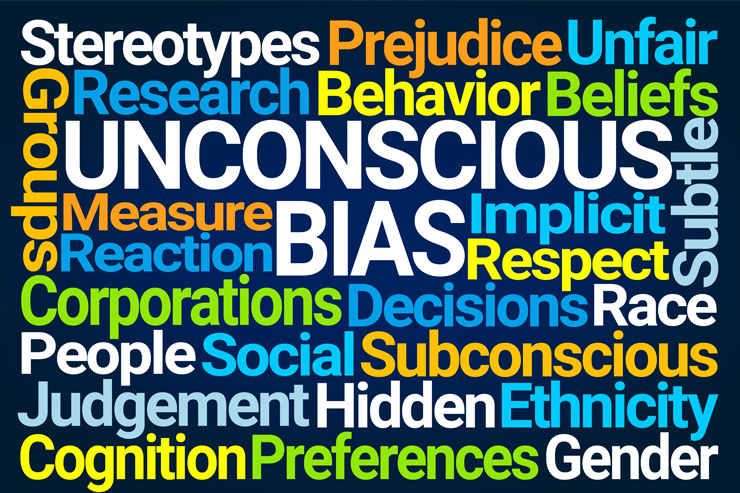 One of the many programs that organizations have implemented in recent years to improve diversity, equity, and inclusion is Unconscious Bias training.
One of the many programs that organizations have implemented in recent years to improve diversity, equity, and inclusion is Unconscious Bias training.
Unconscious Bias training usually involves participants taking an Implicit Bias Association Test, such as one developed at Harvard. The test results tell participants which groups of people they may hold unconscious biases for based on age, race, gender, and more. The idea is to provide feedback for people so they can work to actually “behave” in ways that are not biased. Understanding that you have an unconscious bias can help raise your awareness about this.
However, Unconscious Bias training is controversial with some people and research suggests that – if not implemented correctly – it does not work well; which should not be surprising.
A recent article in Harvard Business Review provides some solid suggestions for doing Unconscious Bias training that works. Here are suggestions that research suggests will make this training work most effective:
1. Stress that “You Hold the Power.” Some people misinterpret the assessment and think “Well, this is just the way I am and I cannot change.” We need to empower people to understand that while they may not be able to control their unconscious, they can control their actual actions. Show people their potential avenues for growth and how they can change their behavior.
2. Create Empathy. Set up meetings with diverse groups of people within your organization and encourage them to share their stories. This can help people discover commonalities with others they might typically think are very different than them. This empathy, along with the understanding from the bias assessment, can help change actual behavior.
3. Encourage Good Practices and Continued Learning. Suggest to participants that they solicit feedback from people they work with on how their behavior may be changing or not. Encourage them to also select a mentor who can meet with them regularly to discuss continued improvement.
4. Set a Broader Strategy for Broader Impact. Improving hiring practices is often the goal of diversity, equity, and inclusion programs. But once people are hired, we also need to make sure that they feel included in the teams they serve on. Tracking the success of DEI training programs along these dimensions is important in order to sustain a broader impact.
One-shot training programs of any kind usually do not work. If you want to include Unconscious Bias training in your organization, then consider these steps as you work to build a more diverse and inclusive workforce.
*Ideas for this blog taken from: Gino, F. Coffman, K. “Unconscious Bias Training That Works,” Harvard Business Review, September – October 2021, pp. 114 – 123.